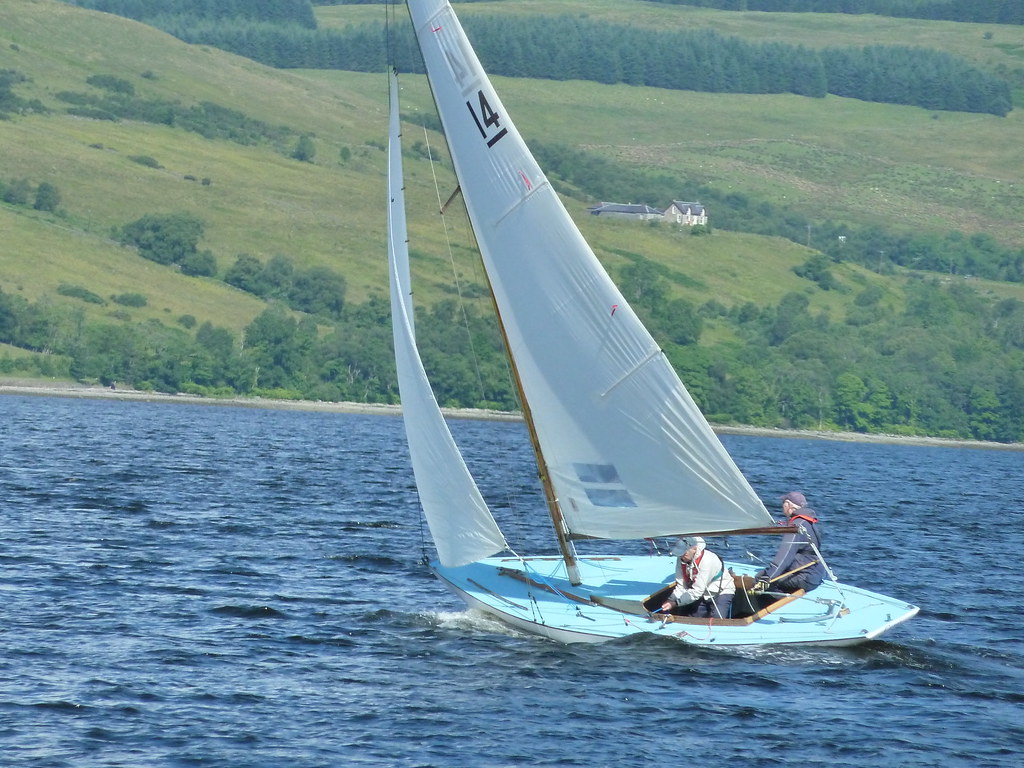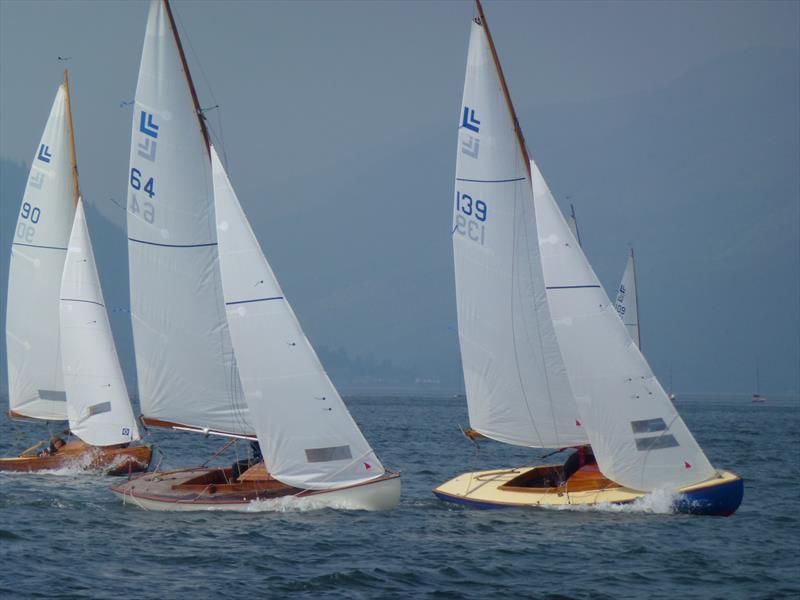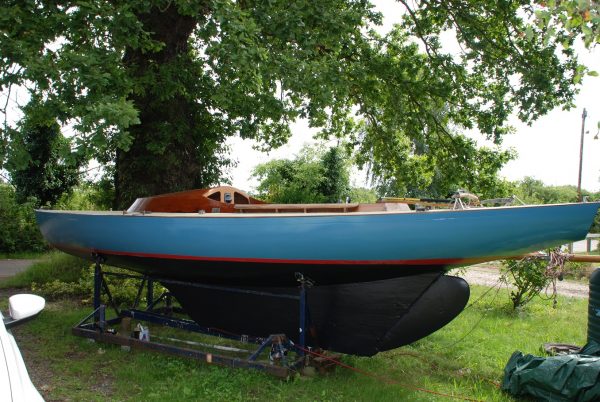Bonus points for naming what other famous shipwrecks occurred in the McCULLOCH's vicinity at 9 pm, Sept. 8, 1923, and the cause. 1) Fog 2) Earthquake 3) navigational error of overestimating speed 4) Following orders 5) All of the above.
On the morning of 8 September 1923, Destroyer Squadron 11 cleared San Francisco on a high-speed training run to San Diego. That evening, as the column of fourteen destroyers closed the entrance to the Santa Barbara Channel in a heavy following sea and reduced visibility, flagship DELPHY led the close formation in a premature course change to port.
Minutes later, after entering a fog bank that concealed the coast, DELPHY crashed into the rocky shorline at 20 knots at Point Pedernales (Honda), two miles north of Point Arguello on the coast of today’s Vandenberg Air Force Base. In a space of five minutes, DELPHY was followed ashore in close order by S.P.LEE, YOUNG, WOODBURY NICHOLAS, FULLER, CHAUNCEY, FARRAGUT, SOMERS and KENNEDY. The latter three were able to back clear and survived the grievous navigational error of follow-the-leader.

23 sailors died in the foggy darkness, dangerous surf, and frigid waters in the "Tragedy at Honda." Most were rescued and boarded a special rescue train on the nearby tracks for San Diego. Over the next days, waves began breaking up the stranded ships. Today, only partial remains of the CHAUNCEY is still visible from shore. There is a memorial on the cliff above with two weathered plaques. DELPHY's mangled starboard propeller remains on public display outside the Veterans Memorial Building in Lompoc.

At a General Court Martial Squadron Commander Captain Edward H. Watson and DELPHY'sy’s CO LCdr. Donald T. Hunter were found guilty of culpable inefficiency and negligence. Twenty-three officers and men were recommended for citations for heroism.
Cause of the largest peacetime loss in Navy history was attributed in part or all of the following: 1) Fog 2) Earthquake 3) navigational error of overestimating speed 4) Following orders 5) Not slowing to take soundings.
#2 "Earthquake" is mentioned in several reports. The Tokyo-Yokohama earthquake of 1923, also called Great Kanto earthquake, with a magnitude of 7.9 that struck on September 1, 1923 and killed over 140,000 people in Japan, had severe and long lasting aftershocks. It is possible (no proof exists I could find) that tsunamis generated by this earthquake created nearshore currents that disrupted the destroyer's navigation.
Here is a graphic short (2 minute) historical film taken shortly after the groundings. https://www.youtube.com/watch?v=Z80OsCKPtUI
Last edited:











